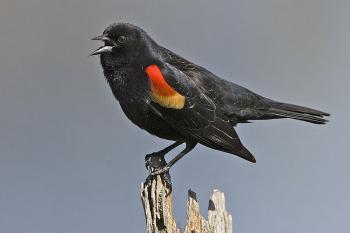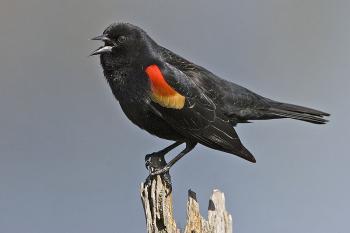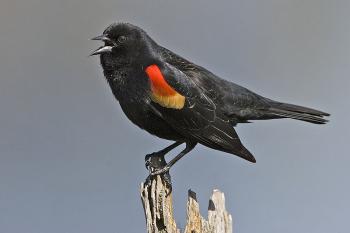Falling Birds, Fish, and Other Enigmas
In these unusual situations that today’s science has not encountered, who is an expert?

ONLY MALES FELL IN ARKANSAS: A screen shot of a search in Google images showing photos from the bird fall in Arkansas. All the birds photographed were males. The Epoch Times
|Updated:


